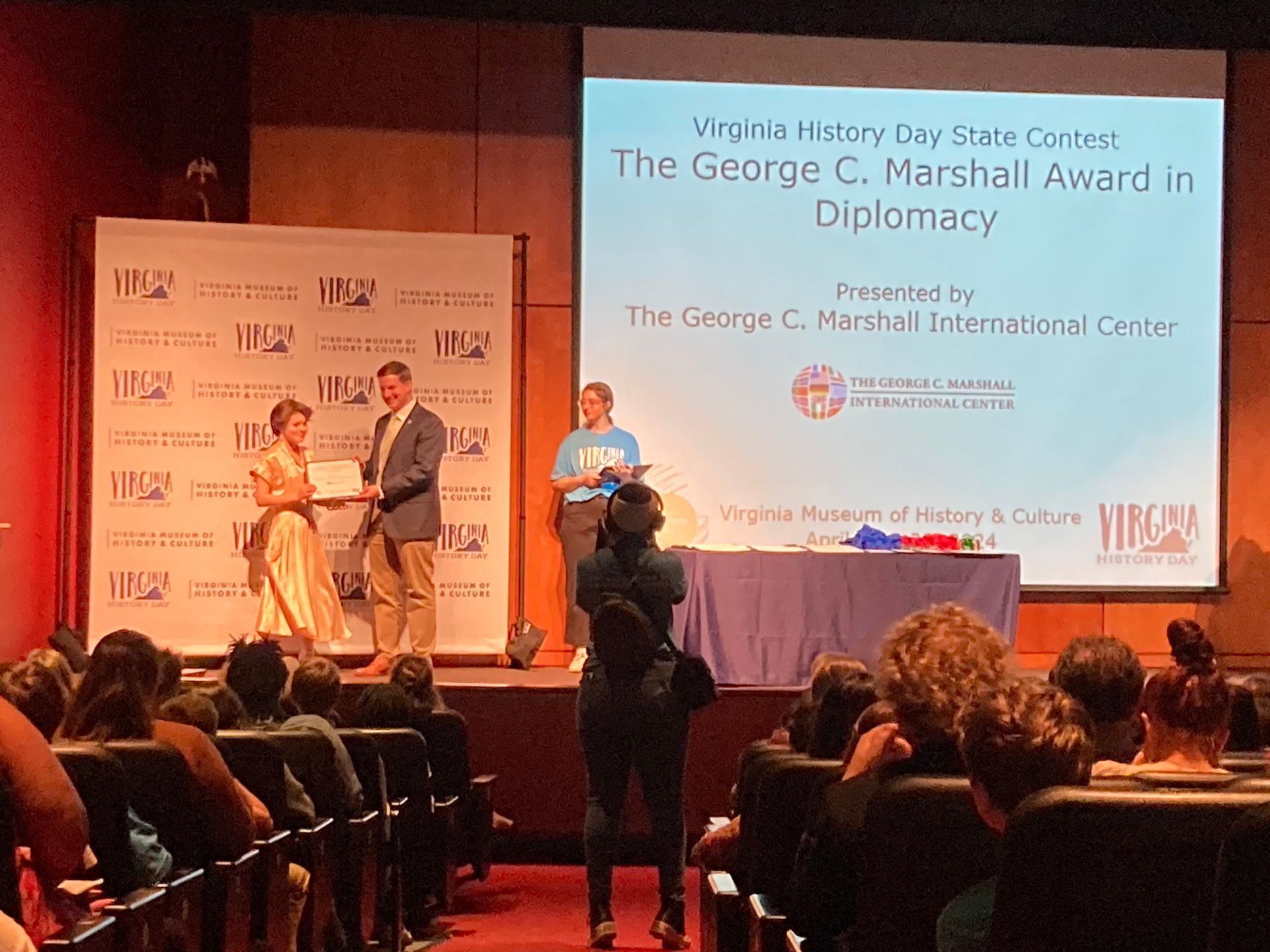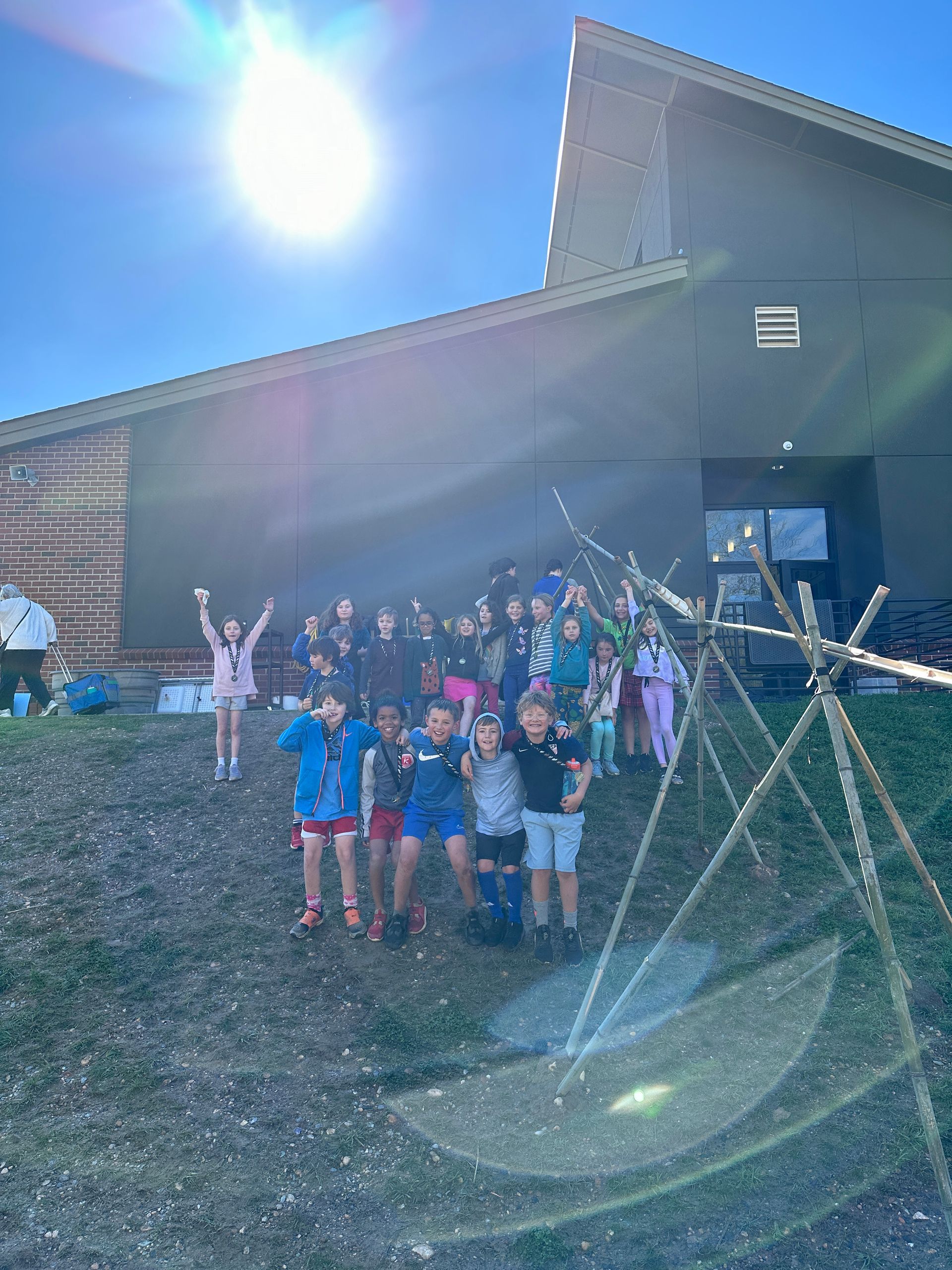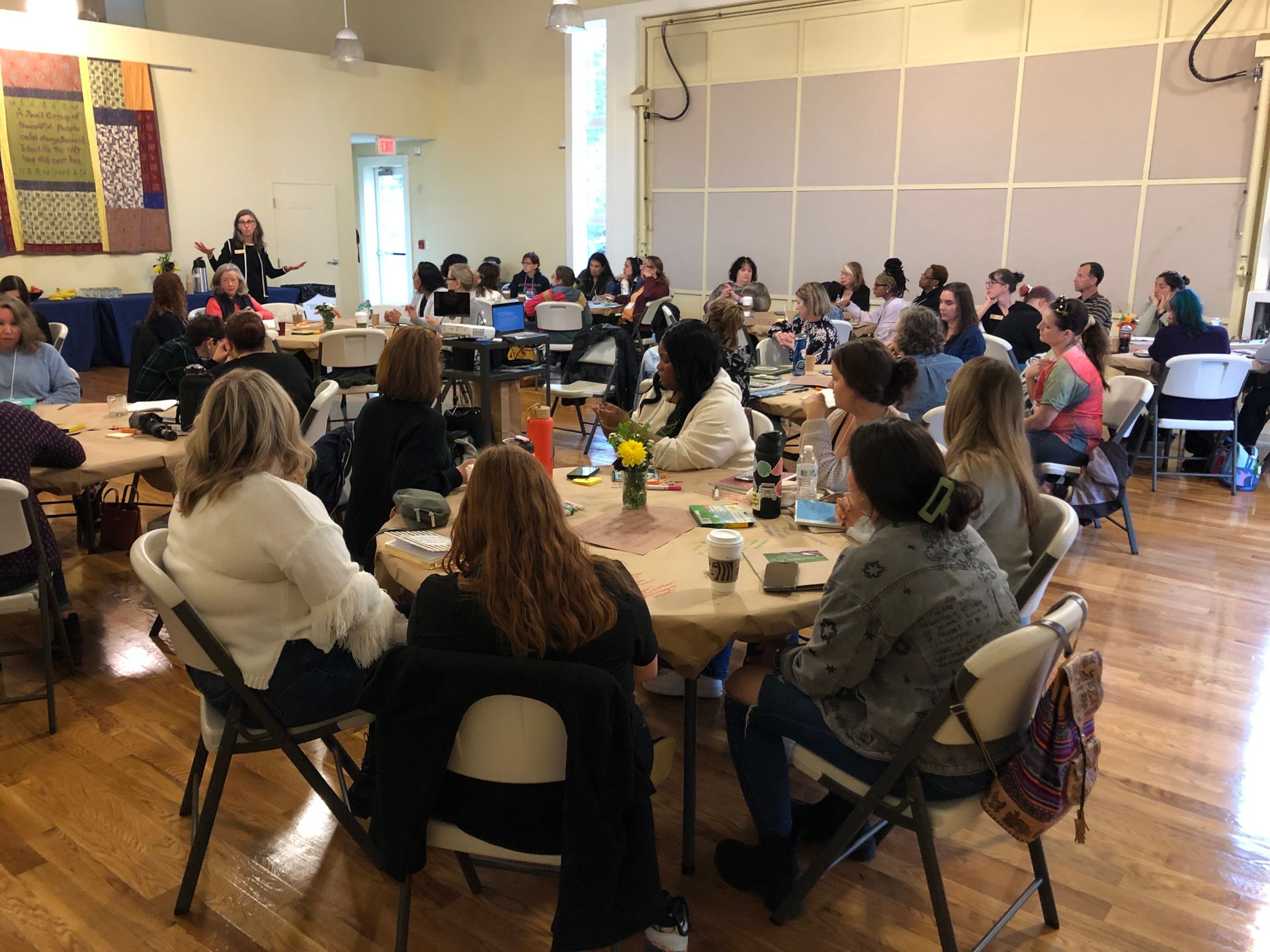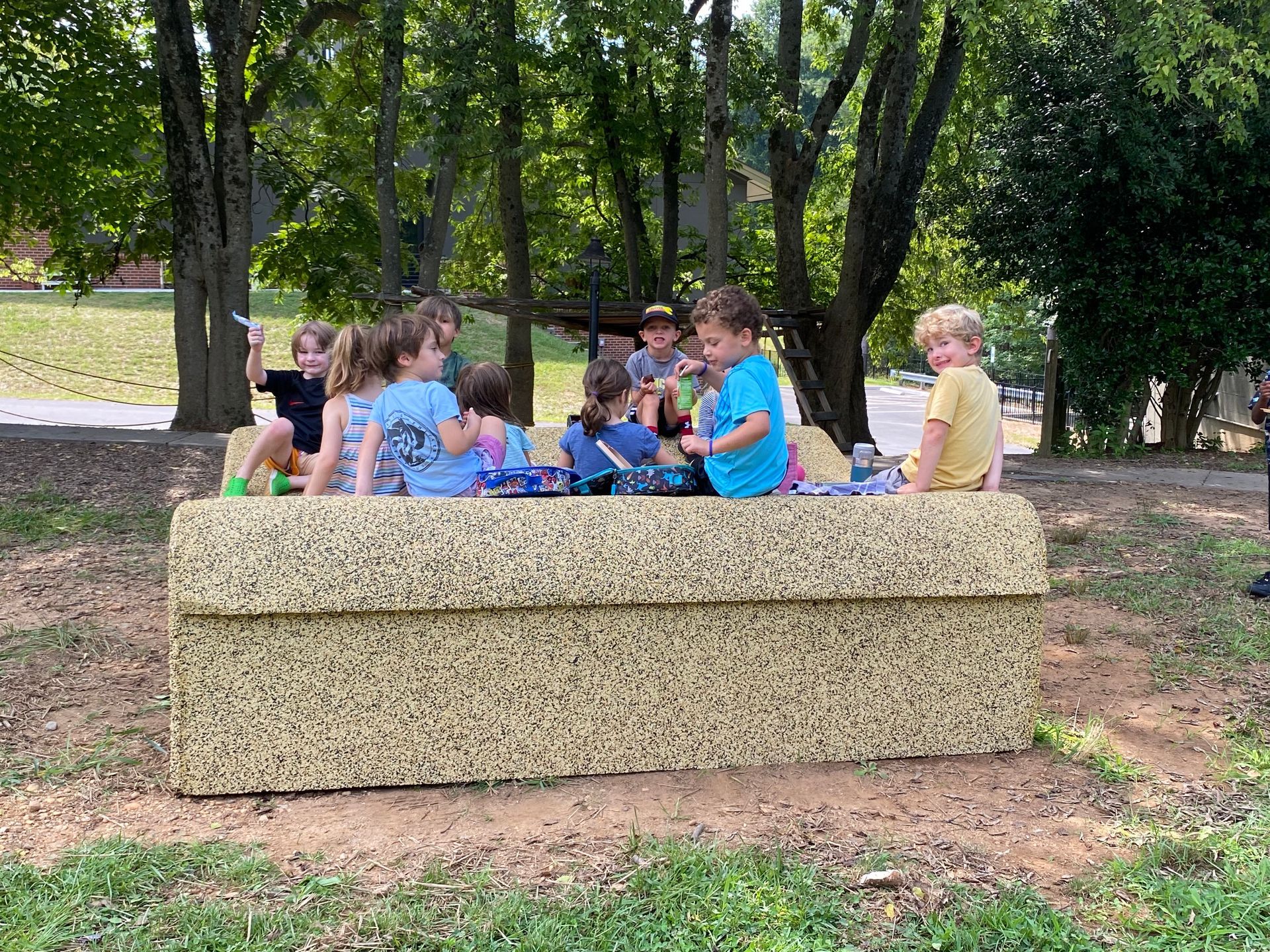'Extraordinary Richness' and the Rights of Children
A message for learning groups at Sabot
October 18, 2022
This week we offer Dr. Loris Malaguzzi’s article
A Bill of Three Rights, an article we share with all faculty at the beginning of the school year. It establishes from the start a tone of both seriousness and creativity, inspires both reflection and action, and states explicitly that our image of the child as a capable, active, and curious learner is inseparable from our belief that all children have “inborn endowments and potential of extraordinary richness, strength, and creativity,” as Malaguzzi reminds us. Adults, if they are attentive, learn concurrently with children, recognizing a depth of intellect and spirit.
Loris Malaguzzi (1920-1995), founder of the Reggio Emilia Approach®, began teaching in schools started by parents just after the end of World War II. Through the years, he transformed that initiative into the internationally acclaimed program we know today and which serves as the pillar of Sabot's approach. Below is an excerpt of his essay, translated by Lella Gandini and Eva Tarini. Below is an excerpt of that article, translated by Lella Gandini and Eva Tarini:
“Children have the right to be recognized as the bearers of important rights: individual, social and legal. They both carry and construct their own culture and are therefore active participants in the organization of their identity, their autonomy and their capabilities. The construction of this organization takes place through relationships and interactions with peers, adults, ideas and objects, as well as both real and imaginary events of a communicative world.
…[C]hildren have the right to fulfill and also expand all of their potential, a process which can be accomplished by recognizing and valuing children’s capacity to socialize by giving them affection and trust, by satisfying their needs and desires to learn. It is equally important that children feel assured of an effective alliance with adults who are ready to give help and understanding which will favor more than the simple transmission of knowledge and skills, but rather the development of their ability to research constructive strategies of thinking and action.
This final point is precisely that which contributes to form creative intelligences, free thinking, reflective and sensitive individuals…”
Sabot’s mission, at its core, seeks to do nothing less than nurture these “inborn endowments” and potentials with its holistic program and in collaboration with supportive, creative adults. Our mission reads:
Sabot at Stony Point is a school designed to sustain children’s quest for meaning and understanding, harness the power of their theories and ideas, and guide their inquiry and research.
To say Sabot is “designed to sustain children’s quest for meaning” is to purposefully avoid promising that children will “find themselves” or find their answers; it is not promising a clear map for the quest. The mission itself is the promise because the mission promises mission. The reason, of course, is that Sabot’s image of the child is not one of “lostness.” And if there is one answer for making meaning
of one’s life and one’s “potential of extraordinary richness”, then there are infinite answers and one of the child’s innate rights is the freedom to explore what those may be in alliance with supportive adults. Our mission is to sustain the quest, to feed students along the journey with the very best food, to observe them well, and to guide them compassionately, creatively, and respectfully when they would benefit from such guidance.
Sabot’s mission depends, likewise, on an image of the teacher—and one’s primary parent or caregiver is certainly a teacher—who is capable, curious, and creative and who also bears important rights as an active and seeking participant in a beautifully complex and, at times, unknowable world. After all, the teacher who pretends certainty is not a truthful teacher and like the shepherd who walks as part of the flock, within the group itself, a teacher gains the trust of children by learning alongside, leading from the middle.
We'll continue these bi-weekly messages as we grow together in our learning, ever mindful of "how friendly and fruitful is a pedagogy of participation..."
Our next gathering for Learning Groups will be Thursday, December 1. As before, these discussions will be facilitated by Carol-Margaret Bitner, Associate Head of School for Academics and Research. These written reflections are prepared in partnership with faculty and administrators.
Allison Seay, Director of Communications at Sabot, is a writer and educator with experience in various faculty positions: as an upper school English teacher at Collegiate School, as Writer-in-Residence at the University of Mary Washington, as Lecturer at the University of North Carolina Greensboro, and as a Visiting Assistant Professor at Lynchburg College. She is a poet, and the mother of two children, one of whom is in preschool at Sabot.
SHARE THIS POST




